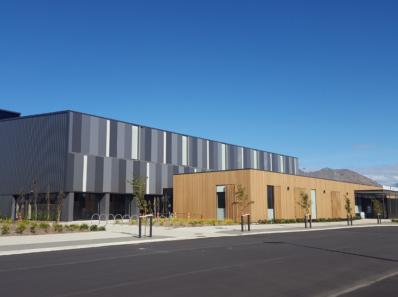When it comes to building a tiny house framing is one of the most important aspects of the construction process. Proper tiny house framing ensures that the structure is sturdy, safe, and able to withstand the elements. In this post, we’ll share the top five tips for framing a tiny house for the best results.
-
Use Lightweight Materials:
When building a tiny house, it’s important to keep the weight of the structure in mind. Using lightweight materials like steel or engineered lumber can help reduce the overall weight of the framing, which is especially important if you plan to move the tiny house frequently. Keep in mind that lighter materials may also come with a higher cost, so be sure to weigh the benefits and drawbacks before making a decision.
-
Plan the Layout Carefully:
Maximizing the use of space is essential when building a tiny house, and proper planning is key. Creating a well-thought-out floor plan that includes multi-functional spaces and utilizes vertical space for storage is an excellent way to make the most of a limited area. Consider using software or consulting with a professional to help you create the best layout for your needs.
-
Optimize Insulation:
Insulation is critical in ensuring that your tiny house is comfortable and energy-efficient. Using a high-quality insulation material like spray foam insulation or rigid foam insulation can help maintain a comfortable temperature and reduce energy costs. Proper insulation can also help reduce noise pollution and make your tiny house a quieter, more peaceful place to live.

-
Plan for Mobility:
Many tiny houses are designed to be mobile, so it’s important to plan for this during the framing process. Adding extra reinforcement to the framing can help ensure that the structure can withstand the stresses of transportation and remain safe and stable. It’s also important to keep in mind the weight of the framing materials when designing a structure that needs to be mobile.
-
Work with a Skilled Tiny House Builder:
Building a tiny house is a complex process that requires a high level of skill and expertise. Working with an experienced tiny house builder can help ensure that the framing is done correctly, meets all safety standards, and is designed to meet your specific needs. Look for a builder with a proven track record, and don’t be afraid to ask for references or examples of previous work.
Conclusion:
Undoubtedly, tiny house framing is an essential part of the construction process, and attention to detail is crucial. By following these tips, you can create a beautiful and functional tiny home that meets your needs and provides a comfortable and sustainable living space.


